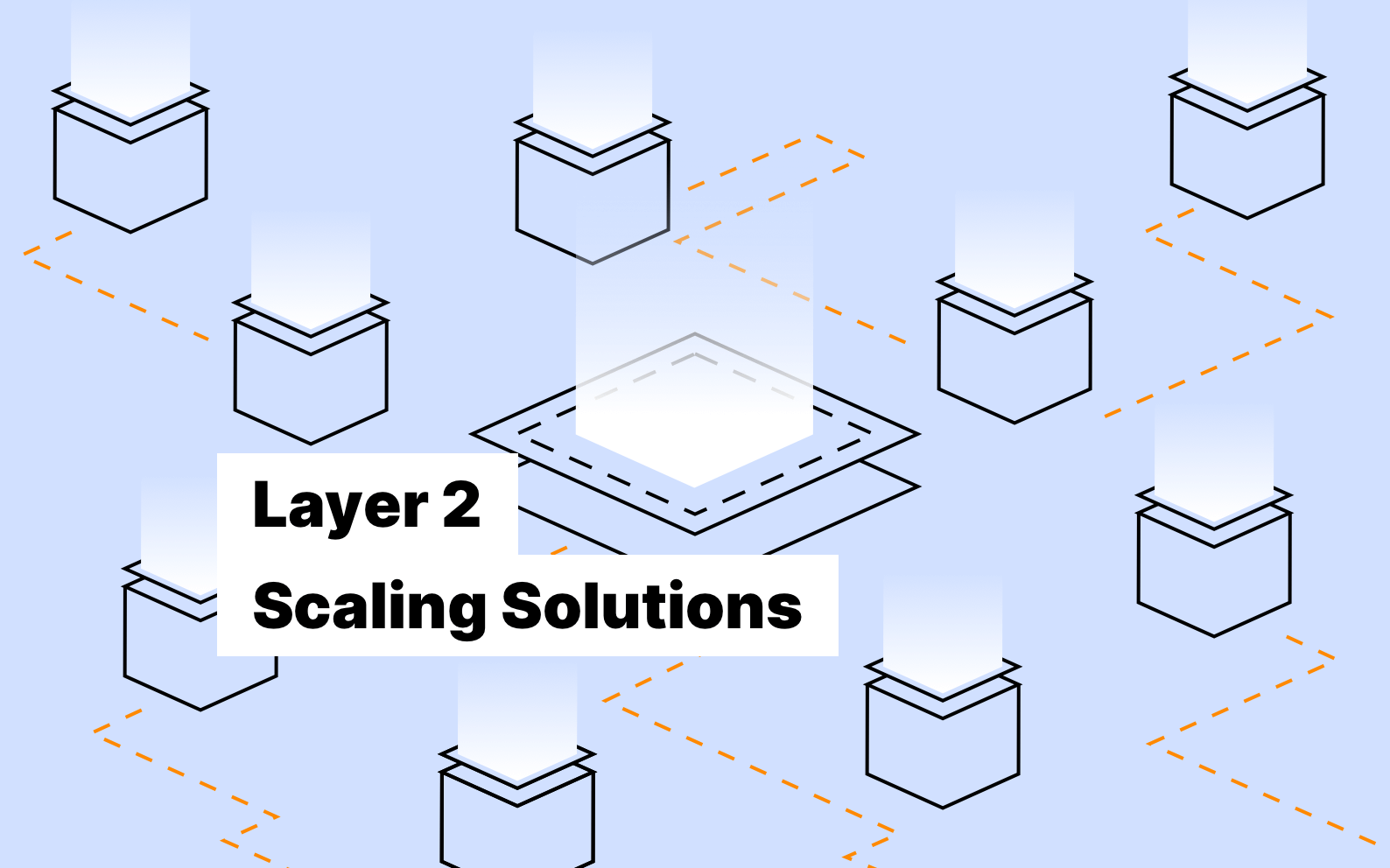Layer 2 scaling solutions encompass diverse technical approaches to address blockchain scalability limitations while maintaining security and decentralisation principles. Each solution type offers unique advantages and tradeoffs that suit applications and use cases. Token projects utilising littlepepe.com can choose from multiple Layer 2 architectures based on their specific requirements for transaction speed, cost efficiency, security guarantees, and ecosystem compatibility to optimise user experiences and operational sustainability.
Optimistic rollup solutions
Optimistic rollups represent the most widely adopted Layer 2 scaling approach, processing transactions by assuming their validity and implementing fraud-proof mechanisms for security. These solutions bundle hundreds of transactions into a single main chain submission while allowing challenge periods where network participants can dispute invalid state changes through economic incentives.
Zero-knowledge rollup systems
Zero-knowledge rollups achieve scalability through cryptographic proofs that verify transaction validity without revealing underlying data. These systems generate mathematical proofs demonstrating correct execution of bundled transactions, enabling instant finality since leading chains can verify rollup validity immediately upon submission.
State channel networks
State channels enable unlimited off-chain transactions between participants who lock funds in multi-signature contracts and exchange signed state updates representing transaction sequences. Only channel opening and closing require main chain interactions, allowing thousands of intermediate transactions to process instantly without fees or delays. Channel networks extend this concept by connecting multiple channels through routing mechanisms that enable payments between parties without direct channel relationships.
Plasma chain architectures
Plasma creates hierarchical blockchain structures where child chains process transactions independently while periodically committing state updates to parent networks. Users maintain exit rights that allow withdrawal to parent chains even if child chain operators become unavailable or malicious, providing security guarantees through cryptographic commitments.
Sidechain implementations
Sidechains operate independently with consensus mechanisms while maintaining bridge connections to main networks for asset transfers. These solutions provide maximum governance, consensus design, and feature implementation flexibility while enabling interoperability through various bridge protocols and validation mechanisms.
- Independent consensus allowing custom block times and validation rules
- Specialised features optimised for specific application requirements
- Flexible governance structures supporting community-driven development
- Bridge protocols enabling asset movement between chains
- Custom token economics and incentive mechanisms
Sidechains offer complete architectural freedom for projects requiring specialised functionality that doesn’t fit within standardised rollup frameworks or state channel limitations.
Validium hybrid approaches
Validium solutions combine zero-knowledge proof validation with off-chain data availability to achieve maximum scalability while maintaining cryptographic security guarantees. These systems generate validity proofs like ZK rollups but store transaction data externally to reduce costs and increase throughput beyond traditional rollup limitations. Data availability committees or decentralised storage networks ensure transaction data remains accessible, while validity proofs guarantee that only correct state transitions receive main chain acceptance.
Application-specific scaling solutions
Specialised Layer 2 solutions optimise for particular application domains like gaming, social media, or DeFi protocols. These solutions implement custom features, user experience optimisations, and performance characteristics that would be impossible within general-purpose scaling frameworks while maintaining blockchain settlement integration. Gaming-focused solutions prioritise instant confirmation and complex state management, while DeFi platforms optimise for MEV protection and advanced financial primitives.
Layer 2 scaling solutions provide diverse technological approaches to blockchain scalability challenges, offering distinct advantages for specific application requirements and use cases. The primary categories include optimistic rollups for general-purpose scaling, zero-knowledge rollups for privacy and security, state channels for real-time interactions, plasma chains for hierarchical scaling, sidechains for maximum flexibility, validium for data-efficient scaling, and application-specific solutions for specialised requirements. This variety enables developers to select optimal architectures while maintaining decentralisation principles.





